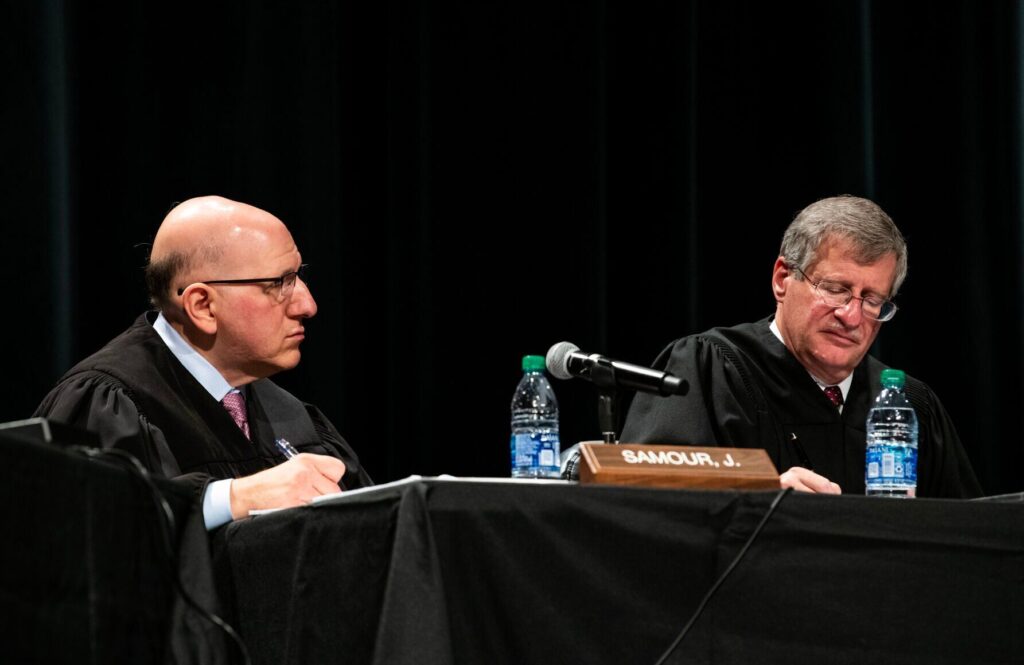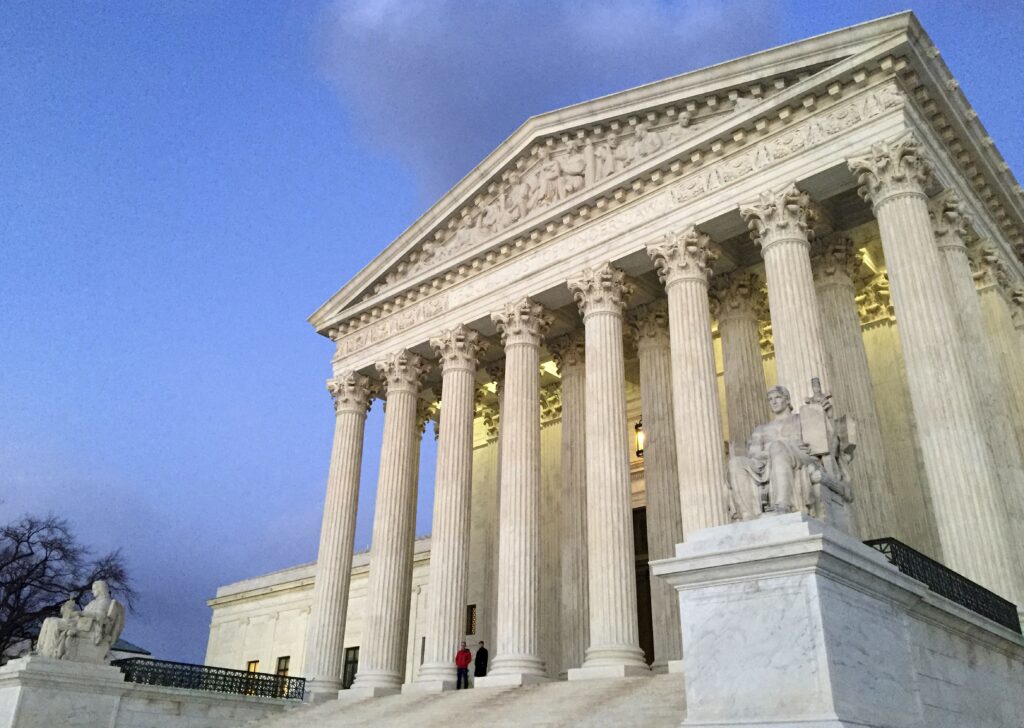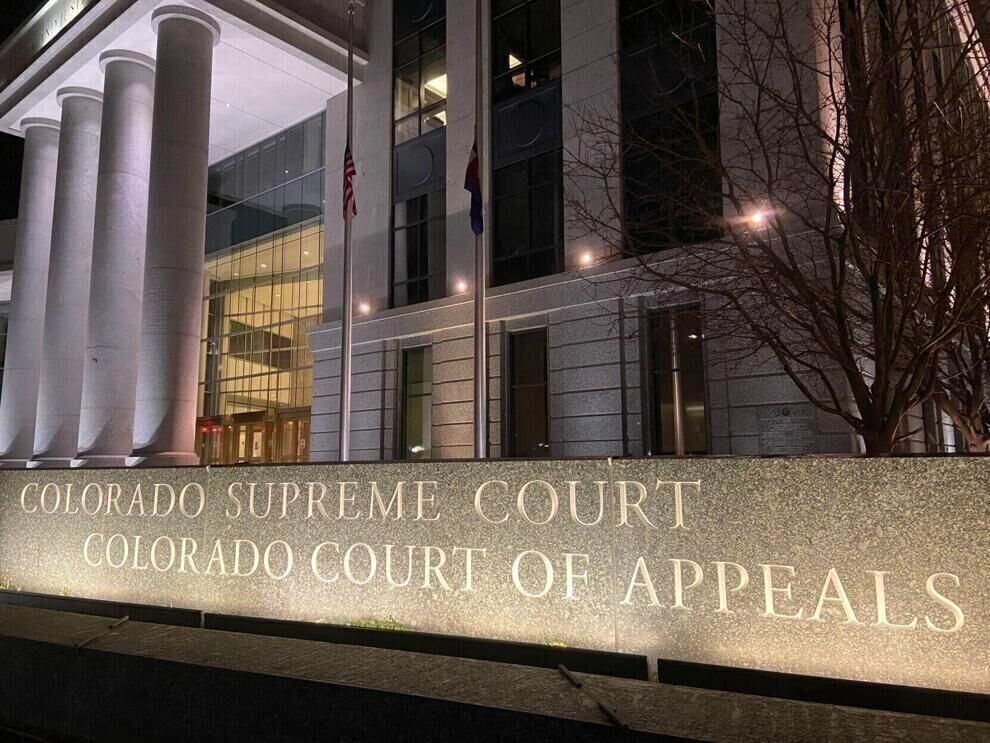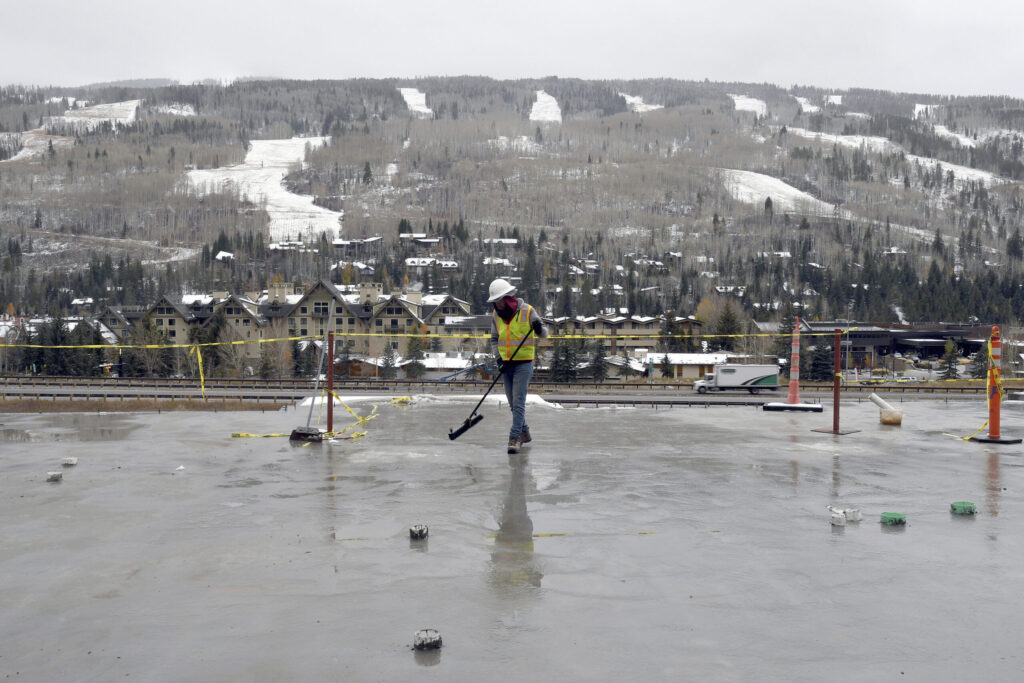Planning Commission denies height increase for contentious Colorado Springs water tank
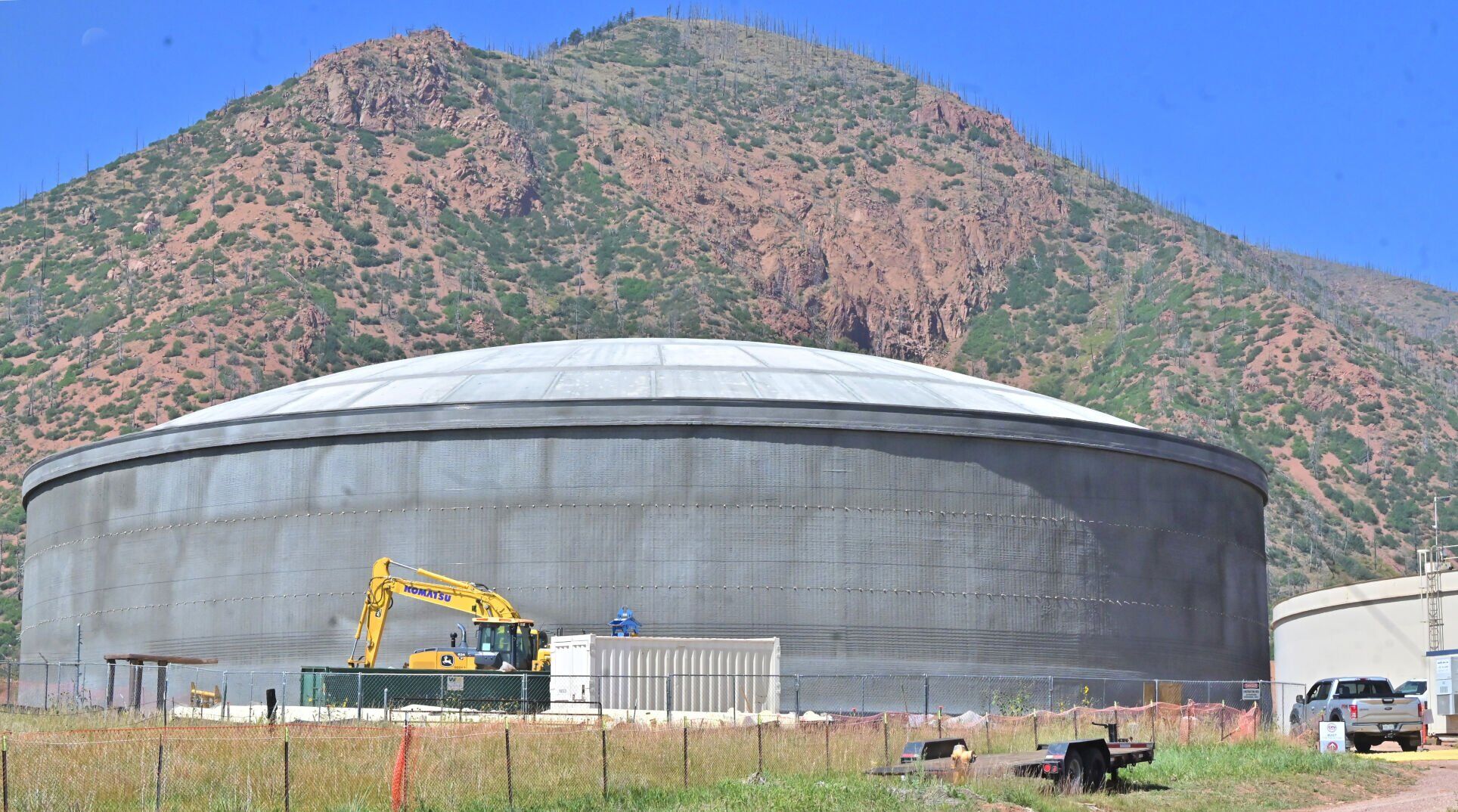
The Colorado Springs Planning Commission denied a request to increase the height of a nearly-completely built water tank in the Mountain Shadows neighborhood on the city’s northwest side, with some board members characterizing the series of events that led to the structure being built taller than allowed as an “embarrassment” to the local public planning process.
“Intentional or unintentional, I think allowing this tank to stand would serve as more or less a permanent and egregious monument of a violation of public trust, a mockery of our planning and zoning process and the general public,” Commissioner James McMurray said Wednesday.
The board voted 6-2 against recommending the City Council approve a request from Colorado Springs Utilities, which is building a new 5 million-gallon concrete water tank in the neighborhood, to increase the tank’s previously approved maximum height of 45 feet up to 60 feet.
Mountain Shadows neighbors allege ‘deception’ by Colorado Springs Utilities in water tank project
Planning Commissioners Andrea Slattery and Nadine Hensler voted in favor of recommending approval of the request, with Commissioner Marty Rickett absent.
The action effectively upholds a stop work order the city issued Aug. 30 on the project, but the board gave a unanimous procedural vote that keeps the stop work order in place. Rickett was also absent from this vote.
Mountain Shadows neighbors identified in mid-June that the new Wilson water tank at the intersection of Wilson Road and Alabaster Way, which Utilities representatives said is 95% constructed, was nearly 20 feet taller than the agency was permitted to build it. Residents pushed for a pause in construction, citing a development plan city planners administratively approved in June 2022 that limits the tank height to no more than 45 feet.
The utility formally proposed a major modification to the approved development plan with city planners to reconcile the height difference, asking officials to increase the tank’s maximum allowable height to 60 feet.
Colorado Springs orders construction to stop on contentious Mountain Shadows water tank
Dave Padgett, general manager of projects and programs for Colorado Springs Utilities, said while the original development plan approved by the city limited the tank height to 45 feet, a note on page 12 of that plan states that the measurements are estimates, and final elevations would be designed by the tank manufacturer during the structural design phase.
In documents the utility filed to appeal the stop work order, representatives said the subcontractor building the tank developed it based on certain structural design specifications, making its final height about 60 feet.
Neither city planning staff nor Utilities representatives could answer commissioners’ questions about how a building permit was issued for the project. While the city-approved development plan capped the tank’s height at 45 feet, the utility said in appeal documents a development plan and construction drawings included with the building permit application showed the overall tank height at about 60 feet.
“… (It’s) the responsibility of the professional engineer to design based on the criteria given to him,” Commissioner Jim Raughton said. “And then to come back and say, ‘Whoops, we’re 15 feet off,’ that’s something that’s just not allowed. … We know no private developer would be allowed to do that.”
Residents speaking Wednesday said they weren’t opposed to the water tank itself and understood it was necessary to service thousands of Colorado Springs Utilities water customers.
Colorado Springs Utilities appeals stop work order on water tank in Mountain Shadows
Neighbors said the city-owned utility previously promised to build the new concrete tank to the same specifications as an existing steel tank on the property that must be replaced due to age, including being no taller than 45 feet. Some felt there was miscommunication from Utilities to residents, while others felt “purposefully misled.”
“People have misled us, not followed processes,” Mountain Shadows resident Thad Zylka said. “We were lied to all along that (the tank is) only going to be 40 (feet tall) when in fact it was always going to be 60 (feet tall) and containing the same amount of water.”
Utilities previously said in its appeal of the stop work order its land use consultant informed the agency this summer the city had “erroneously issued the building permit” and Utilities wasn’t required to take remedial action.
Padgett said Wednesday the utility, like city planners, learned about the height discrepancy from concerned neighbors in June. The utility should have submitted a modified development plan earlier in the process, once it knew the final tank design, he said.
“We apologize for that oversight sincerely. I can assure each of you it was not intentional in any way for that to occur,” Padgett told commissioners.
Neighbor Larry Starr told commissioners documents he acquired through the Colorado Open Records Act showed the utility knew by March 2022 the height of the tank’s dome would be between 12 to 20 feet tall – not 4 feet tall as the city-approved development plan shows. The walls of the new tank are 36 feet tall.
The utility can appeal with the City Council the Planning Commission’s decision not to recommend increasing the water tank’s height, and it can appeal the Planning Commission’s decision to uphold the city-issued stop work order on the project.
The nine-member council also acts as the Colorado Springs Utilities board.
Instead of retrofitting the new concrete water tank to have a flat roof that will require internal columns to support it, which could create potential warranty issues and would be an option “nobody has experience trying to do,” Padgett said, “the responsible thing would be to just start over again.”
Padgett told reporters after the meeting the utility will “reassess where we’re at and decide what our plan forward will be.”
He could not say Wednesday if the agency plans to appeal either decision. The timeline of the appeal process was unclear.



